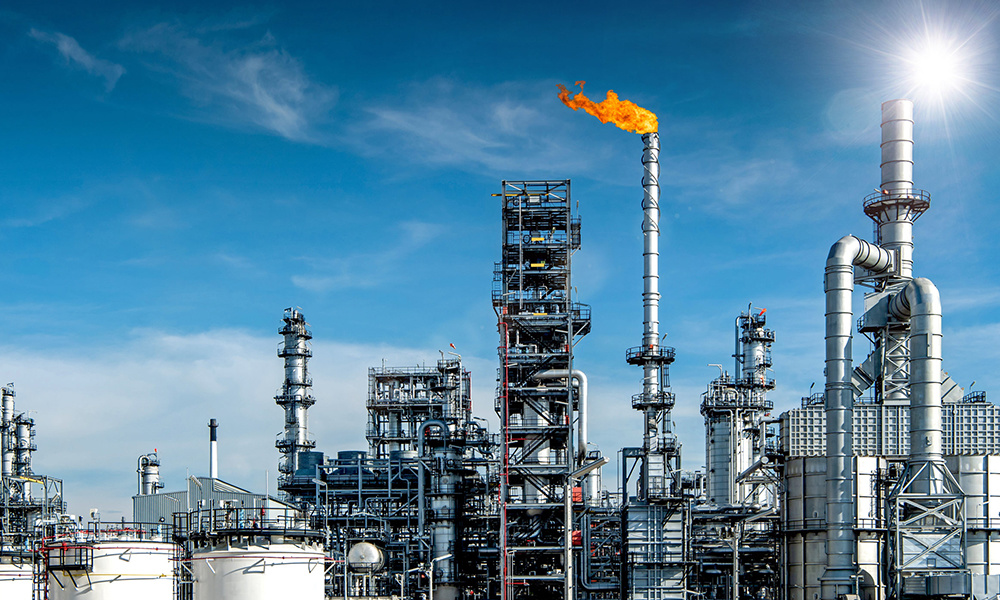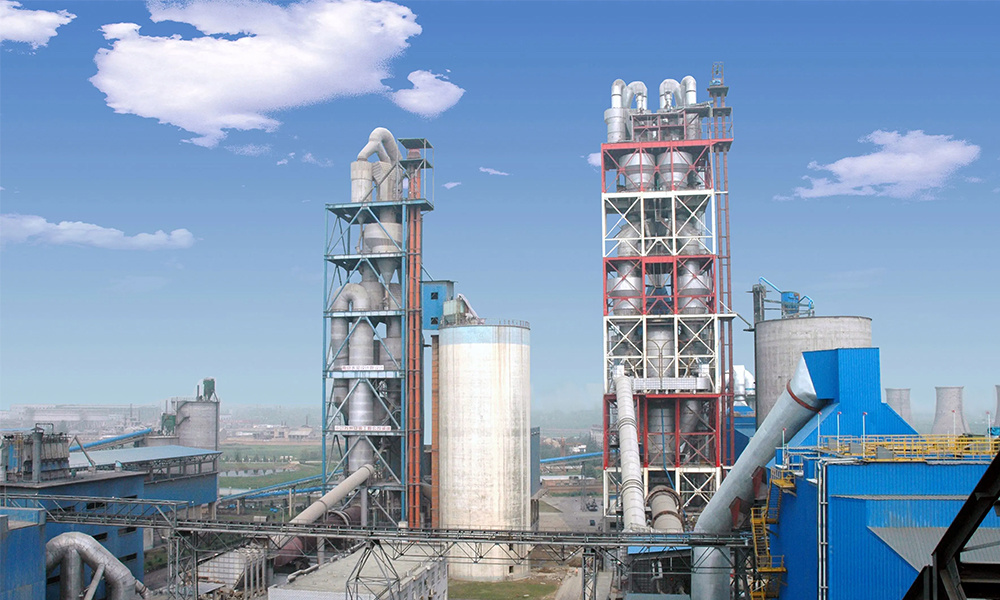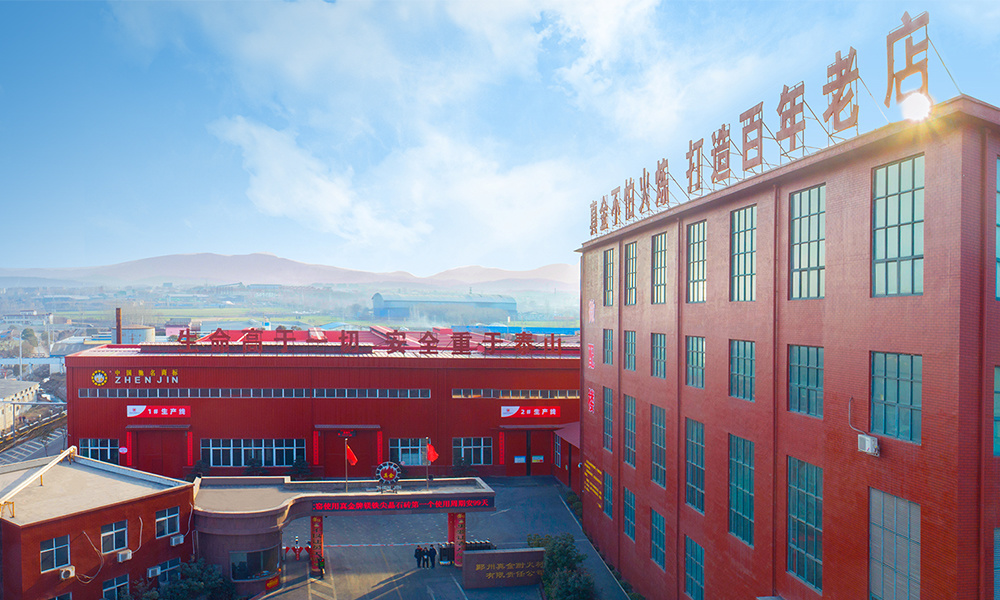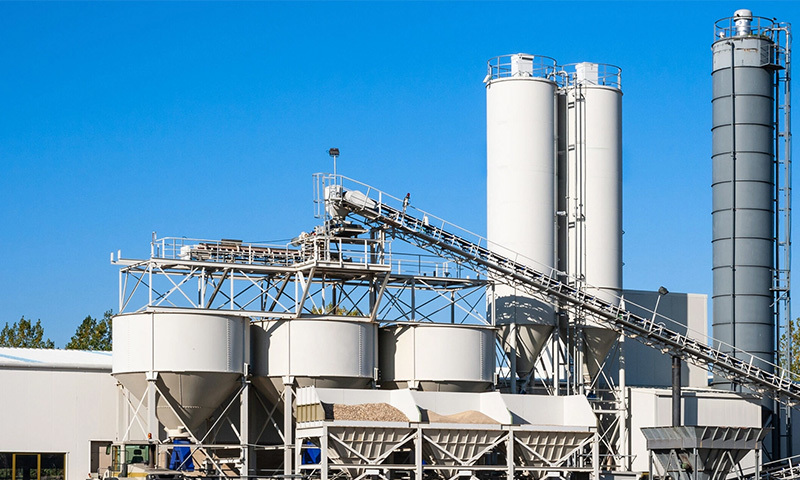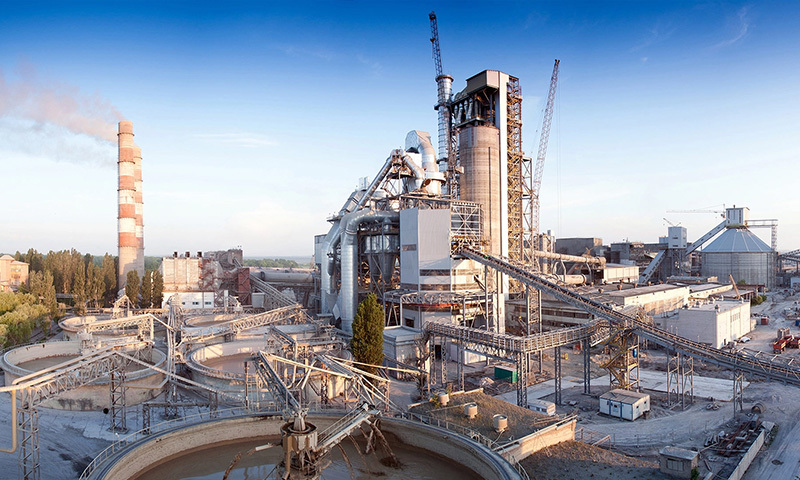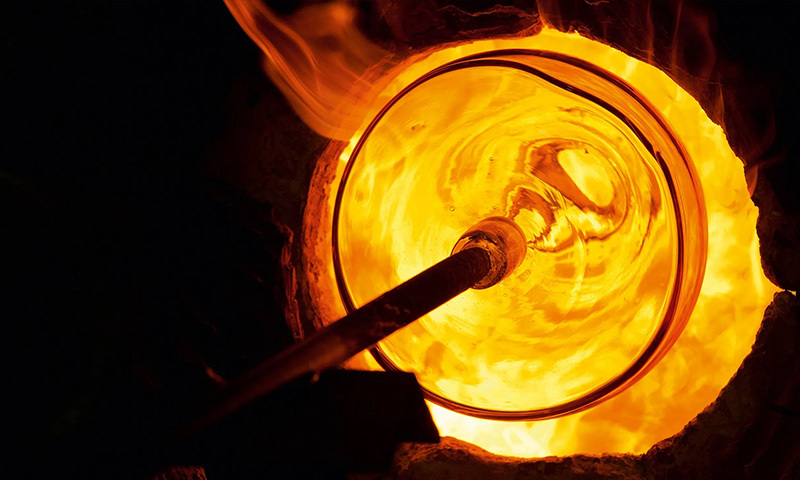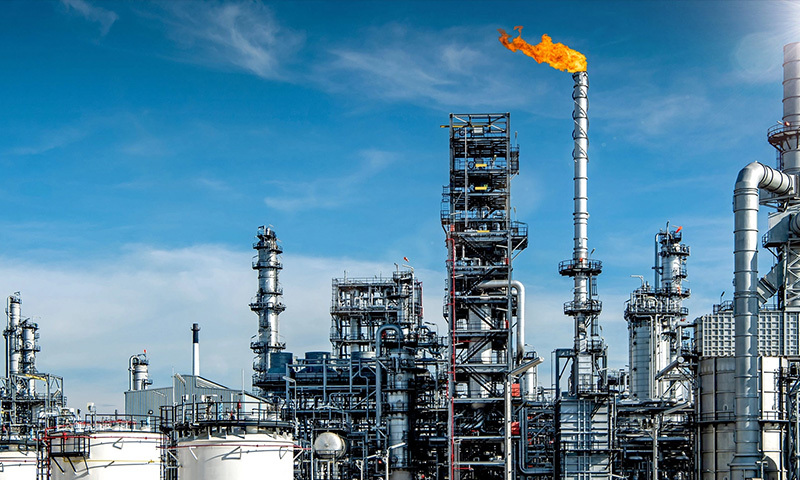Glass Industry
Due to the differences in the type of glass produced by the kiln, the size and structure of the kiln, the quality requirements of glass products and the production efficiency, the performance and use requirements of refractory materials are also different. At present, the glass industry, especially float glass furnaces, mainly use three categories of shaped refractory materials: cast refractory materials, silica bricks and magnesia refractory materials.
Glass production is a high-temperature operation, and molten glass can corrode the refractory materials of the kiln pool. Refractory materials are affected by high temperatures, flames and flying materials. Once corroded and damaged, the life of the furnace will be affected. If the glass liquid is contaminated, it will seriously affect the quality of the glass. Therefore, there should be strict requirements for the refractory materials used in the glass furnace.
Commonly used refractory materials in glass furnace are mainly divided into four categories: cast refractory materials, sintered refractory materials, amorphous refractory materials and insulating refractory materials.
When selecting refractory materials for a glass furnace, attention should be paid to several factors: sufficient mechanical strength, the ability to withstand mechanical loads at high temperatures, fairly high refractoriness, and chemical stability and resistance to molten glass at the operating temperature. The corrosive properties must not cause pollution or minimal pollution to the glass liquid, and cannot affect the quality of the glass liquid. It must have good thermal shock resistance, and the shrinkage and thermal expansion rate during reburning must be small.
Commonly used refractory materials in glass furnace include silica bricks, clay bricks, high alumina bricks, magnesia bricks, fused refractory materials, lightweight refractory materials and refractory castables.
Product/Part Name
| PRODUCT NAHE CHARACTERISTICS |
MAXIMUM TEMPERATURE |
Bulk Density | Chemical Composition % |
| High alumina bricks Dense structure,Refractoriness under load high |
≥1510℃ | 2.5 | Al203≥70 Fe203<2.0 |
| Magnesia brick low density good corrosion resistance |
1700℃ | 3-3.2 | MgO≥97 Si0z≤1.2 |
| Silica bricks Strong resistance to acidic slag and strong thermal shock resistance |
1660℃ | 2.34 | SiO2≥96 Fe203≥1.0 |
| Direct bonded magnesia-chrome bricks Refractoriness under load high Excellent chemical corrosion resistance |
1650℃ | 3.1 | MgO≥56 SiOz≤2.5 Cr203≥18 |
| Refractory clay bricks High refractory temperature and good thermal shock resistance |
1300℃ | 1 | Al₂03≥42 Fe₂03<2.0 |
| Sillimanite bricks Good thermal stability and strong resistance to chemical attack |
1790℃ | 2.2-2.4 | Al20360 SiO237 Fe2031 |
|
Mullite bricks resistance |
1790℃ | 2.5 | Al20374 SiO223 Fe2031 |
| Corundum bricks Flexibility corrosion Erosion resistance |
1700℃ | 3.1 | Al20390 SiO20.85 Fe2030.2 |
| Fused zirconium corundum brick High temperature resistance and strong chemical resistance |
2200℃ | ≥3.7 | A1203 Zr02 SiO2 Na20+K20 |
Contact Us
E-mail:
Phone:
Address:
Songlou Industrial Zone, Xinmi City, Henan, China
More Solution


